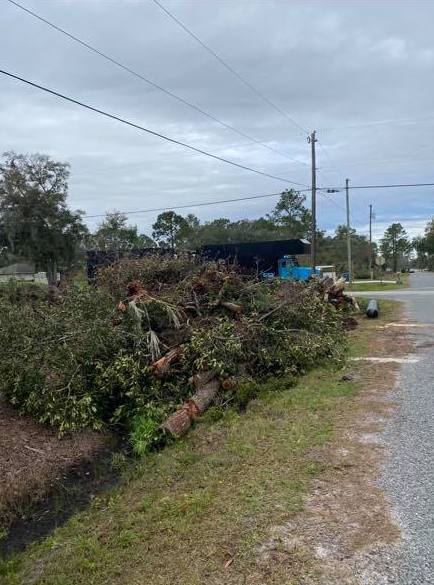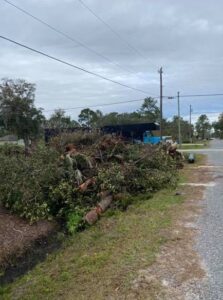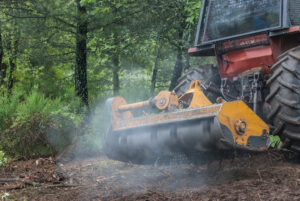It’s safe to say that no one looks forward to the prospect of having to clean up after a storm. Debris removal is expensive and time-consuming, not to mention stressful. Even if your home isn’t damaged, having to deal with all that mess can still be a hassle. Fortunately, you don’t have to do all that alone. Read on to learn how to get back on your feet after a storm, and the steps you need to take to get your home ready for the next time it hits.
Know When to Hire a Debris Contractor
The best time to hire a debris removal company is after a storm. This is because the debris will be cleaner on the ground, and you’ll want someone with experience getting debris off roofs, sidewalks, driveways, and other hard-to-reach areas. On the other hand, you shouldn’t wait until the very last minute either. That’s because the storm’s debris could have settled on something you might not have seen yet, like a roof shingle that could fall off if you wait too long. Of course, your best bet is to contact a company as soon as you know your storm has hit. Since certain parts of the country get more storms than others, you may want to wait a little bit before calling a company in your area.
Estimate Damage
Another way to get a sense of how much debris you’ll need to clear is to estimate how much damage you sustained. You can do this by taking a walk around your home and noting any areas where the ceiling tiles were smashed, the walls are dented, or the roof shingles are missing. This will tell you what areas of your home need to be repaired. Next, add up all the items that were knocked off or broken during the storm. Make sure you include anything that was carried off by the wind, like a tree branch. Your total should be a good estimate for how much debris you’ll need to remove. Of course, this is just an estimate. You’ll probably have to do some extra cleaning to make up for any damage that wasn’t visible from the outside.
Create a Plan
Once you know how much debris removal you’ll need, you can create a plan. When it comes to this kind of work, more time is better. No one wants to be rushed and have to cut corners that could potentially lead to complications in the future. For this reason, it’s ideal to give yourself as much time as possible. That is, until the debris is too high or heavy to lift. Remember, the faster you remove it, the less you’ll end up having to hire someone else to do. Here are some other things to keep in mind as you plan your job: – Make sure all of your equipment is in good condition. – Have a plan for how you’ll get rid of the debris. – Make sure you’re working during peak hours. Hiring a large truck is usually more expensive than hiring someone with a smaller vehicle. That is, if you can’t do the work yourself. – Apply for government assistance if you’re eligible. – Get your neighbors to help if you’re able. – Do your homework before you hire someone.
Get Rid of the Debris
Once you’ve started debris removal, you’ll want to keep on going. Otherwise, there will be too much debris left over at the end. That could be unsafe for workers and passersby, and also make it difficult for you to get the job done. To avoid this problem, you should clear as much debris as possible while it’s still on the ground. That is, while it’s still easy to move. You can do this by walking around and helping your neighbors with their yards, or even doing so yourself. Another way to clear debris is to rent a wrecking ball. These tools are usually used to clear roads and other large surfaces. The longer you keep the debris on the ground, the less likely you’ll have to hire a contractor. That is, if you stay engaged in removing it.
Conclusion
Storms can be unpredictable, and debris removal is often the messy side effect of a storm’s impact. If you’re concerned about the mess, there are a few things you can do. First, you can get a broom and dustpan and help your neighbors clean up after a storm. Also, if you have a roof over your head, check that it’s in good condition. If you have a siding or roof shingle that’s damaged, make an appointment with a roofing contractor to get that repaired. Finally, get a storm shutters for your windows, as these can help protect your home from damage during storms. You’ll want to make sure your home is cleaned up before the next storm hits.




